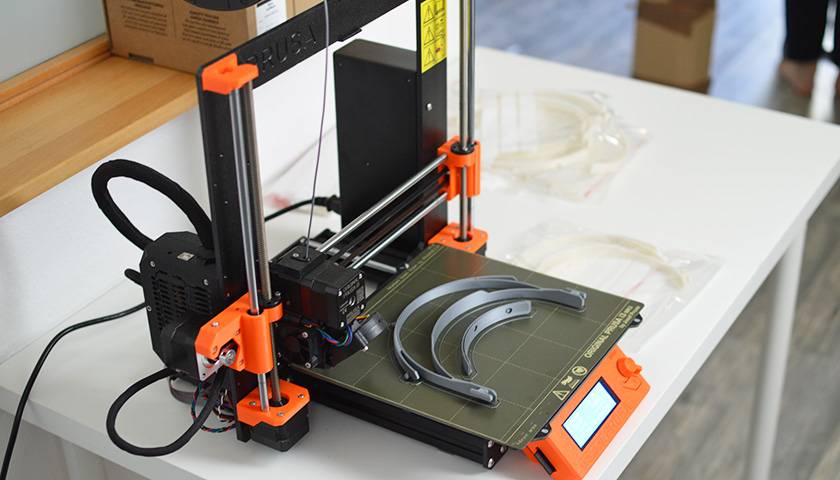by John Hugh DeMastri
Researchers are increasingly investigating 3D-printed food to boost global food production in a bid to combat climate-related food insecurity, Axios reported Friday.
Although the technology is still new, with research necessary for the technique to be scaled up for both industrial or home use, some researchers see 3D-printed food as a way to make nutritious food available and affordable for those who would otherwise lack access to healthy options, according to Axios. Printed food is already being used to make imitation meat cuts from soy protein and chickpeas at several restaurants and butchers in Europe, Reuters reported in October.
Food is “becoming less available due to environmental challenges that we face today,” Ezgi Pulatsu, one of the study’s authors, told Axios. Printing food “will make the food system more efficient,” produce less waste and promote food security, she said.
 The technology has also caught the eye of the U.S. Department of Defense’s (DOD) Combat Feeding Directorate, which is developing 3D-printed nutritional bars designed to optimize a soldier’s performance, according to C&EN, a magazine published by the American Chemical Society. Some DOD researchers believe that 3D printers could one day be tailored to a soldier’s psychological and nutritional profile to create personal meals and supplements in real time.
The technology has also caught the eye of the U.S. Department of Defense’s (DOD) Combat Feeding Directorate, which is developing 3D-printed nutritional bars designed to optimize a soldier’s performance, according to C&EN, a magazine published by the American Chemical Society. Some DOD researchers believe that 3D printers could one day be tailored to a soldier’s psychological and nutritional profile to create personal meals and supplements in real time.
“If you buy any packaged food at the supermarket, then you’re practically eating 3D-printed food already,” Lynette Kucsma, chief marketing officer at Natural Machines, a firm that develops a food printer known as Foodini, told C&EN. One key difference between 3D printers and traditional manufacturing processes, which often shape food through machines, is that 3D printers can be used and customized by an individual user.
“We do believe that in 10 to 15 years, 3D food printers will become a common kitchen appliance like your oven or microwave is today,” Kuscma told the outlet.
While there are several ways to print food, techniques vary in terms of speed, reliability and overall quality of the final product, Axios reported. Researchers from the University of Ottawa examined a variety of technologies and found that “material extrusion,” where food paste is squeezed through a syringe and layered upon itself, was relatively inexpensive and low-effort compared to other options, in a recent study.
A Danish government adviser recently recommended citizens cut their meat consumption by two-thirds in order to help the country hit its climate targets. In the nearby Netherlands, a new political party, led by farmers, recently became the largest in the country’s Senate, in a sharp rebuke of the government’s efforts to limit farming to combat climate change.
– – –
John Hugh DeMastri is a reporter at Daily Caller News Foundation.
Photo “3D Printer” by ESA. CC BY-SA 3.0.




